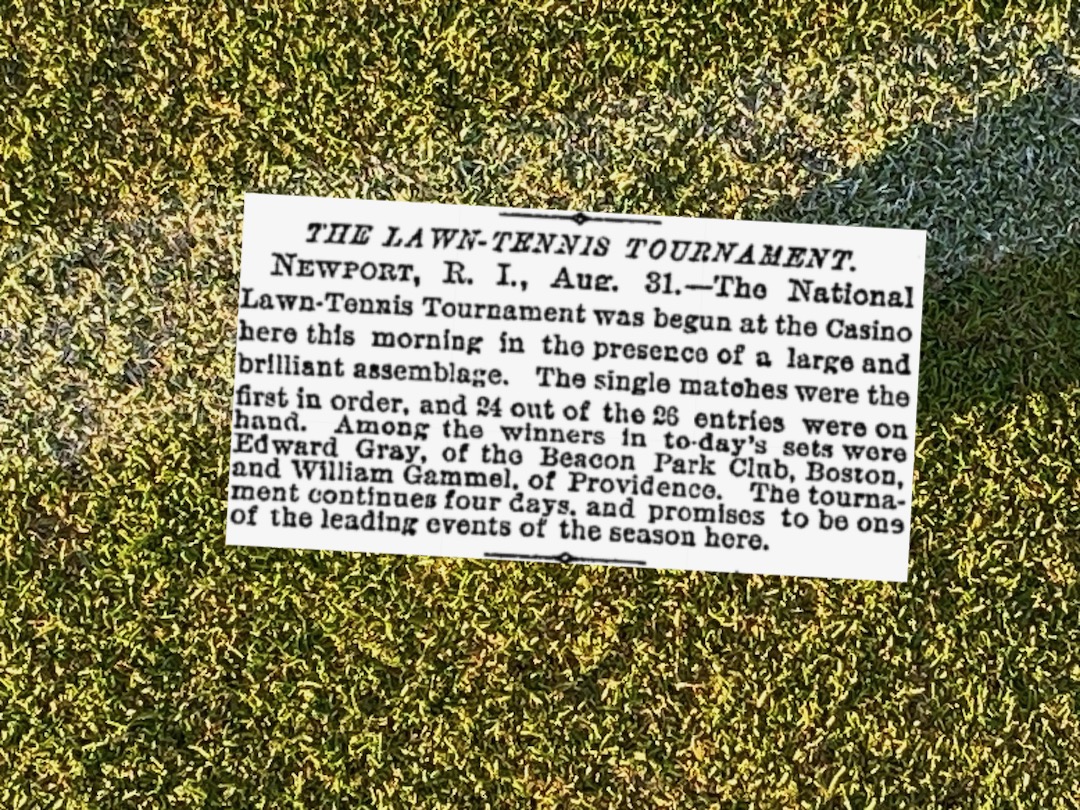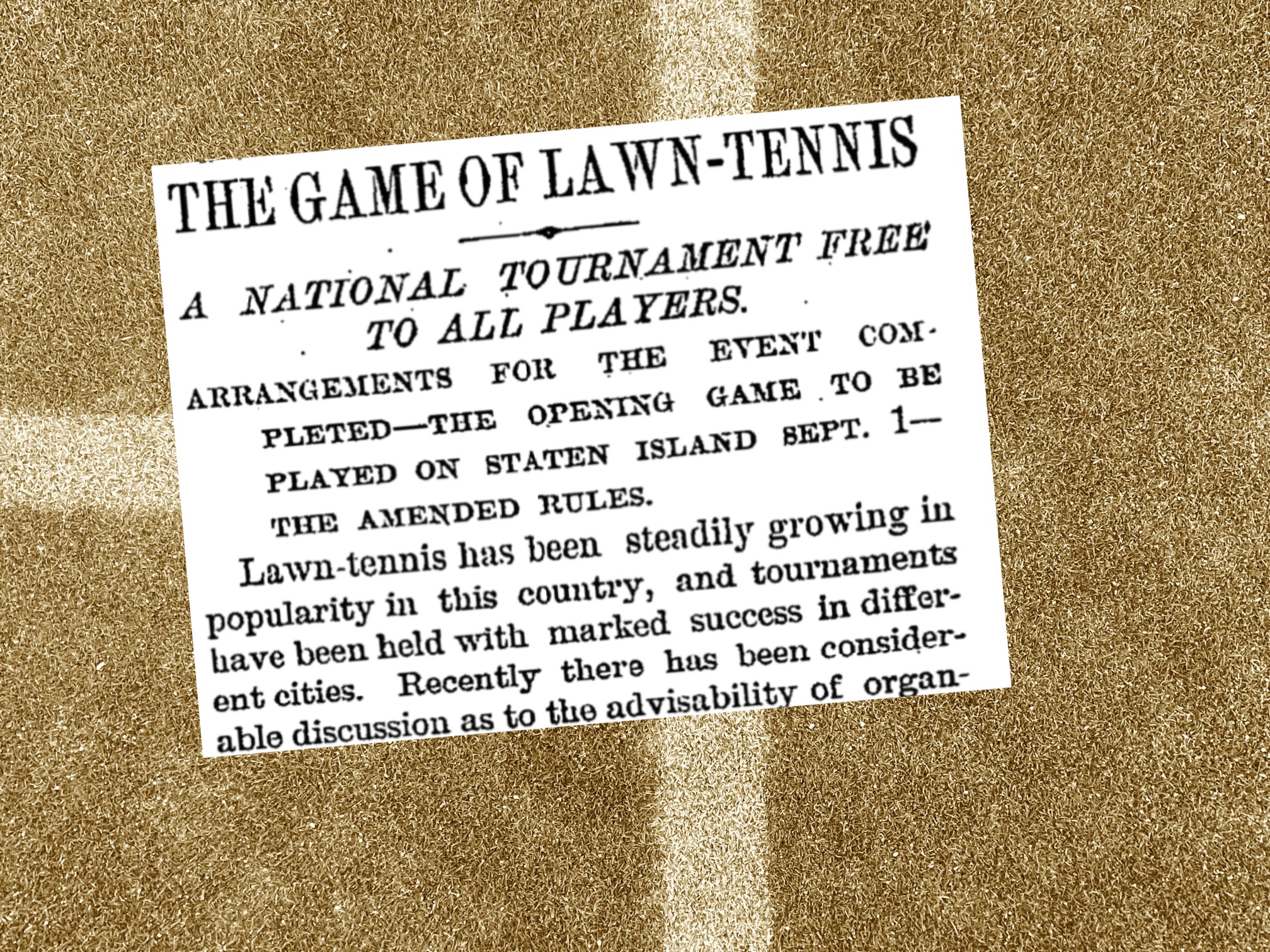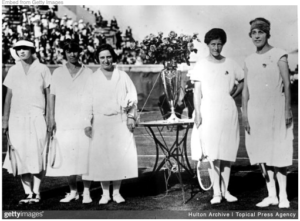Yesterday in Part 1 of the Crazy Summer of 1994, I wrote about how turmoil in many of the WTA star player’s lives were dominating the headlines and calling into question if the image of women’s tennis had been permanently tarnished. Today I will write about what was going on with the WTA at the time and the general pessimism about the future of women’s tennis.
In 1994, the WTA was without a CEO following the resignation of Gerard Smith earlier in the year. Smith had initiated a long-range restructuring of the tour and was working on a TV package which was badly needed in order to showcase events and stars. Women’s tennis had very little visibility and coverage on either broadcast or cable TV.
The title sponsor of WTA tennis at the time, Kraft, had elected earlier in the year to bow out of their contract early over a souring relationship with the WTA organization. Kraft was a subsidiary of the Philip Morris Company who also owned the Virginia Slims brand. Perhaps the tension was due to increased public sentiment against tobacco products. In any case, the WTA tour had gone 9 months without a title sponsor and was desperately seeking a replacement.
In the absence of a title sponsor, the WTA was working on deals on an individual tournament basis. As an example the WTA tournament held annually in Chicago penned a deal with Ameritech in June to be the title sponsor for the 1995 event. This illustrates how complicated the relationship with Virginia Slims had become. The Illinois-Chicago officials had threatened to withdraw use of the facilities due to the title sponsorship of a cigarette brand. Events in Florida, Los Angeles, Philadelphia and the season-ending Championships in New York were still seeking new sponsorship at that time.
The restructuring started under Gerard Smith was a complicated merger between the WTA and the Women’s Tennis Council, a similar move which had been made between the men’s tour and the player-run ATP professionals organization several years prior. Pam Shriver, acting in her capacity as the WTA player’s association president, was quoted as saying “This year was always going to be an awkward year for us as we plan for the integration.”
Awkward? In March of 1994, the International Management Group (IMG) had attempted a hostile, and ultimately unsuccessful, takeover of the WTA Tour. IMG contended that a lack of strong leadership, fragmented tournament format, an absence of of rivalries, inability to secure a title sponsor, and no television contract had the sport headed for disaster. That is a litany of complaints that highlights how dire the situation had become. As the cherry on top, the WTA was facing an October 1 deadline to name a new CEO or the players had the right to drop off the WTA Tour and start their own. The modern phrase for this starts with the word “cluster.”
Heading into the US Open, tennis in general was at a low point. At the recreational level, participation rates were dropping. Sales of tennis equipment and clothing took a 25 percent plunge from the previous year. TV viewership for Wimbledon and the French Open that year were astonishingly poor.
To cap off the crazy summer of 1994, Martina Navratilova narrowly defeated Pam Shriver for the presidency of the Women’s Tennis Association. In her state of the WTA address, Navratilova indicated that the game only needed some fine tuning rather than a major overhaul.
When Tennis Australia announced in 1994 that the next year’s Australian Open finals would be played best-of-five, there was simply no one at the helm of the WTA to marshal an appropriate response. There were simply too many other fires to fight.
- “Dull and Void – Women’s tennis tour lacking pizazz, leadership,” Sam Blair, Dallas Morning News, May 12, 1994.
- “Stale Women’s Tour In Need of Changeover,” Barbara Barker, The Record (Hackensack, NJ), July 24, 1994.
- “Women’s Tourney Nets New Sponsor,” Len Ziehm, Chicago Sun-Times, June 8, 1994.
- “US Open Arrives ad a time when tennis in crisis state,” Charles Bricker, Fort Lauderdale Sun-Sentinel, August 28, 1994.
- “Navratilova assumes new role,” Tampa Bay Times, August 31, 1994.



